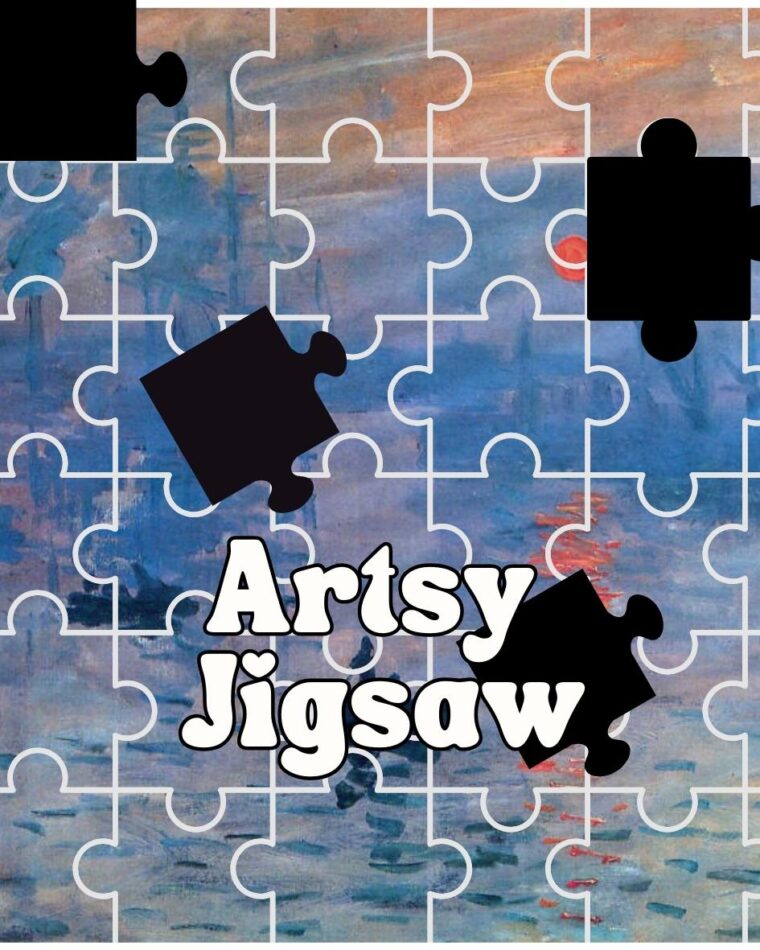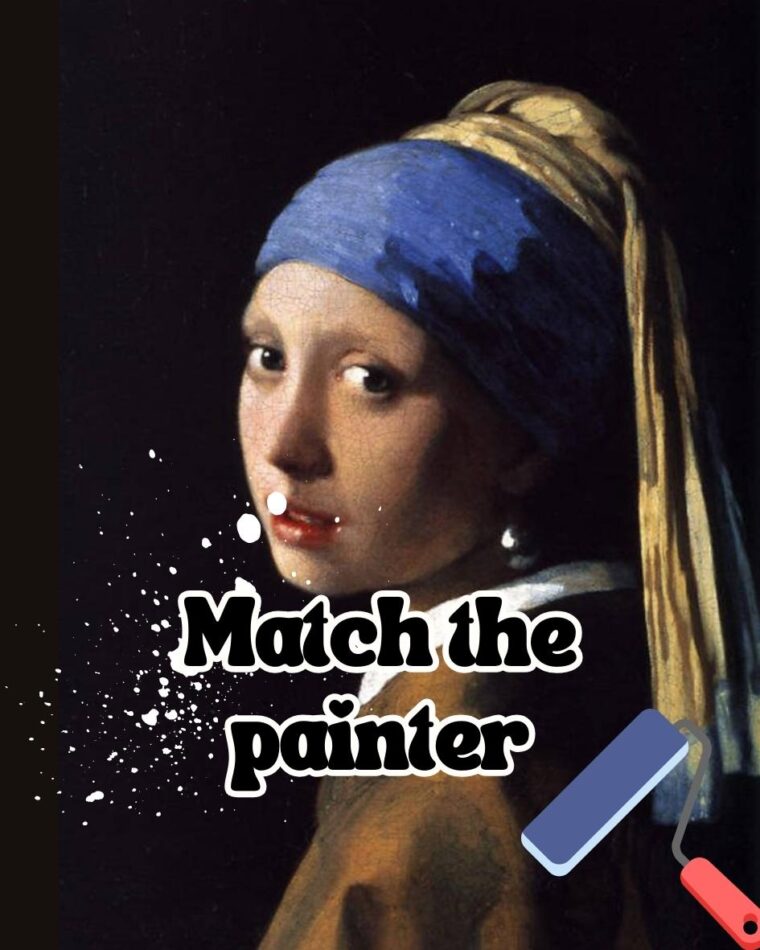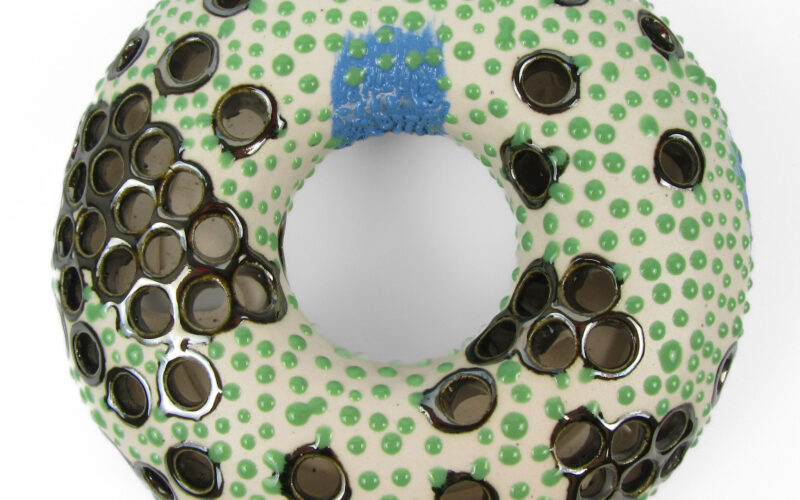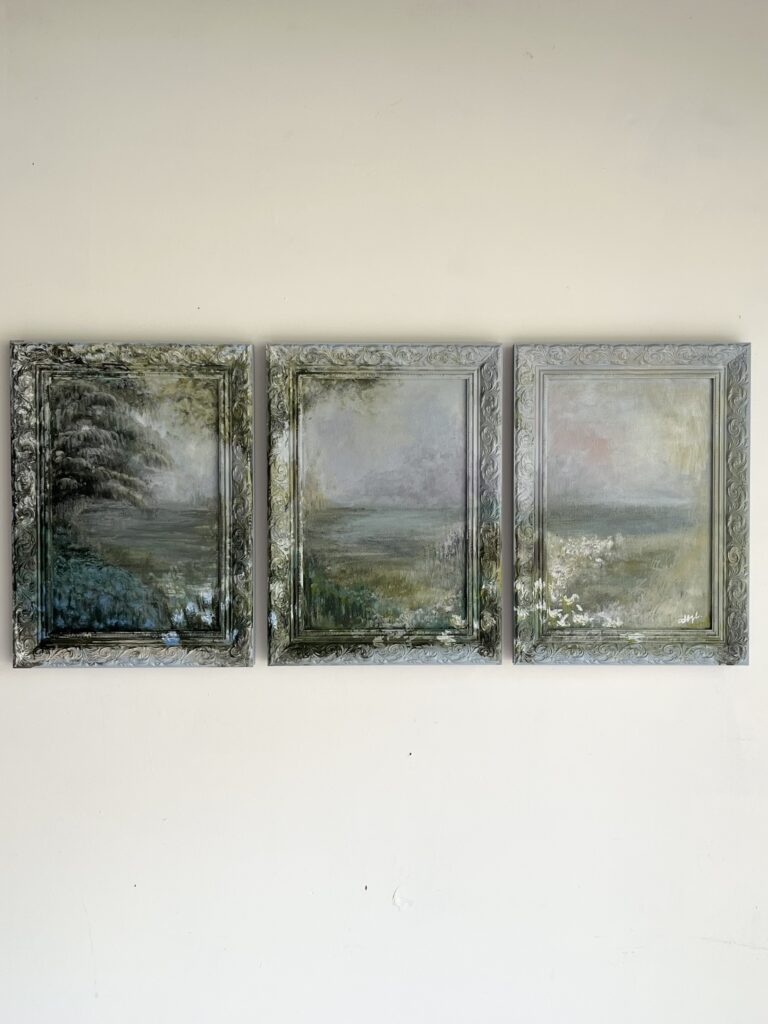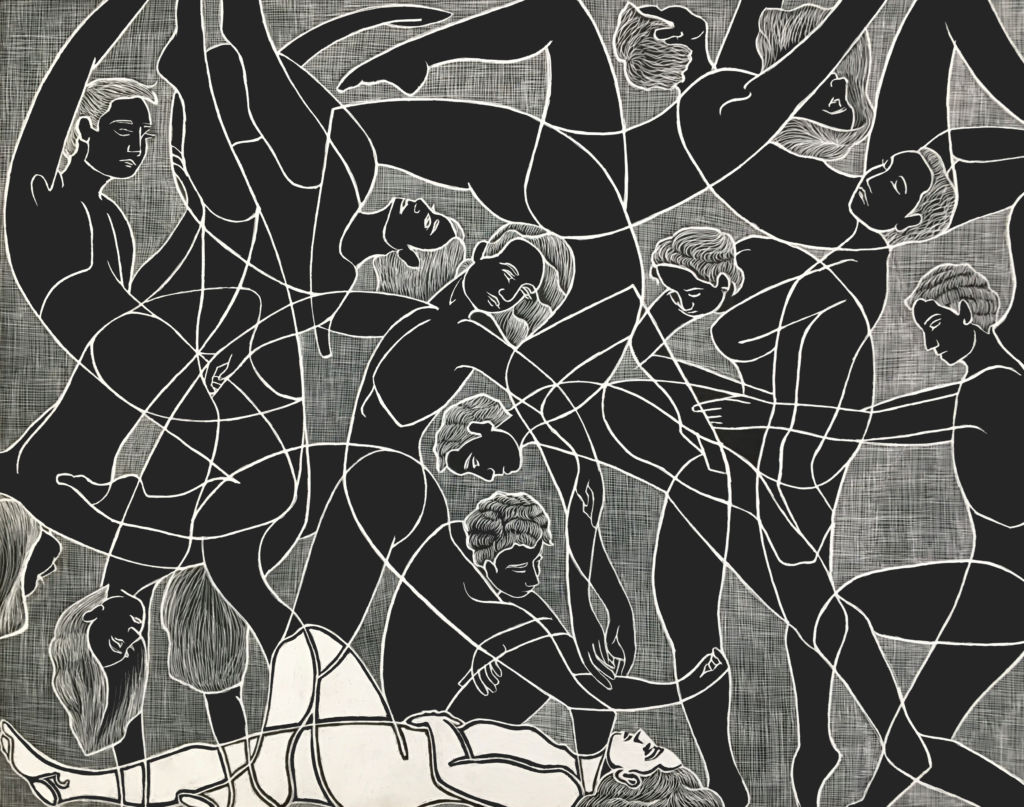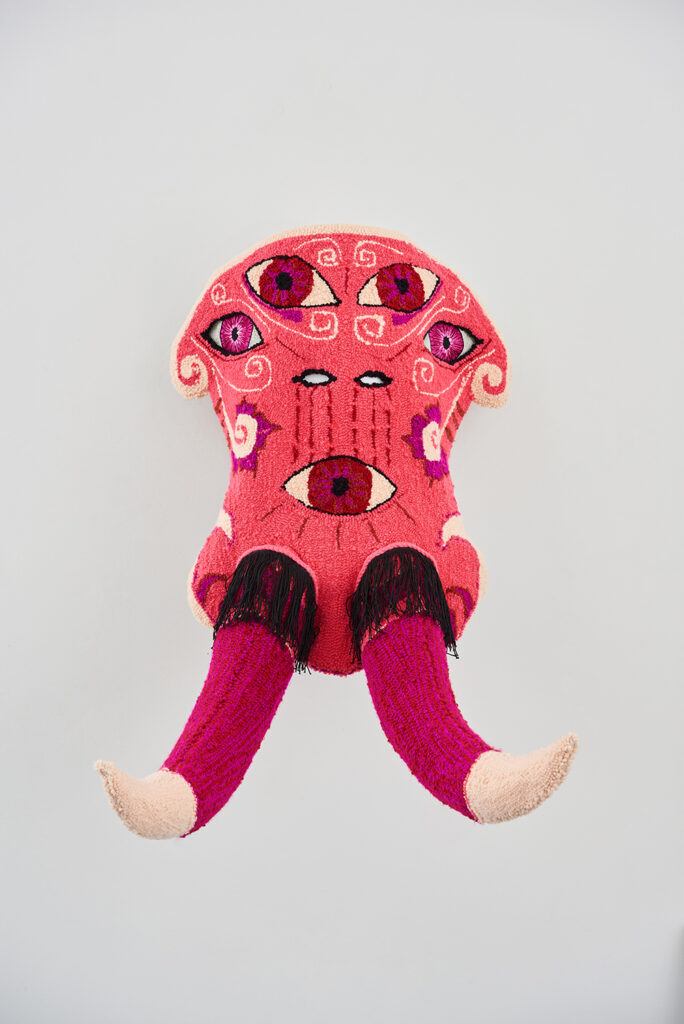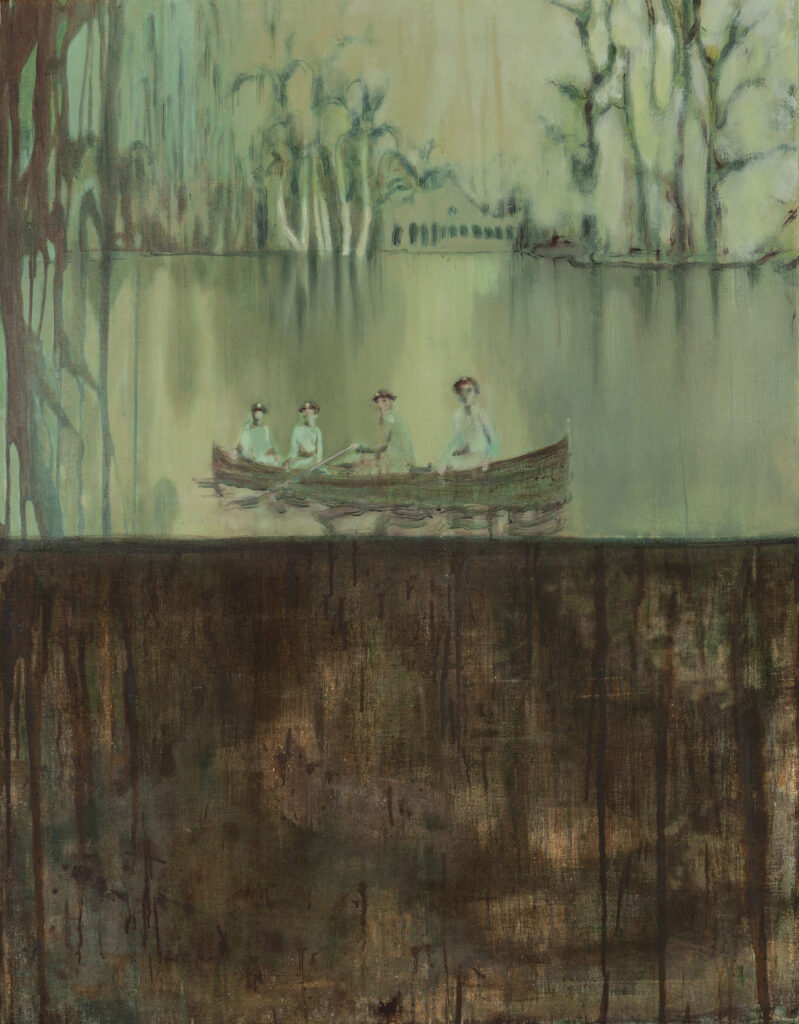
Artist Libby Sipe on Turning Life’s Hardships into Bold Creative Art


Libby Sipe is a process-driven multidisciplinary artist from Ohio who blends painting and sculpture in a unique and personal way. In this interview, Libby talks about how her art helps her process and express the challenges she’s faced, including poverty, child abuse, and trauma. She also discussed using different materials and techniques to create beautiful and meaningful pieces, inviting us to connect with our emotions and experiences through her work.

Libby Sipe (b. 1987, Ohio) is a process-driven multidisciplinary artist pursuing a space for experimentation and exploration as she blurs the lines between painting and sculpture. Libby uses various tools to shape, mold, drip, and pipe paint into multiple shapes and textures to build depth and bring character to her works. Using a combination of paint skins made from acrylic polymer emulsion draped over foam and wire armatures embellished with an array of materials that include but are not limited to pigment dispersion, aggregate, ultralight, glass balls, semi-precious stones, oils, textiles, and found objects. Her work encompasses her experiences with poverty, child abuse, and sexual trauma. The artist has participated in exhibitions at the Waterfall Arts and Lights Out Gallery in Maine, the Bridgette Mayer Gallery of Philadelphia, and the global art platform – Women United Art Movement. She will be featured in the upcoming 100 Emerging Artists of 2024 Women’s Edition through the Arts for Hearts Project and the upcoming fall issue of the London-based Art Seen Magazine. Her work was recently reviewed by Karle Woods of Lights Out Gallery and Al Crichton of The Free Press. Sipe currently resides in Southern Maine.
Libby’s work represents her playful and resilient spirit, which has carried her through profound and challenging moments in her life. She pushes and pulls materials to manipulate them into familiar and unfamiliar shapes, though they are completely synthetic. She enjoys breaking the rules of painting, being enchanted with the idea of paint being able to stand without the aid of a traditional substrate.
1. Libby, your art mixes painting and sculpture in an interesting way. How did you develop your process, and what keeps you experimenting with different materials?
In all honesty, it was trial and error. I have a passion for materials and techniques. I spent 2 years, from 2019 to 2021, exploring techniques independently to see if I could find my voice. I began to understand my want to express myself through texture, colors, mixed media, and paint skins (sheets of acrylic paint that are without a substrate) about 2 years ago. I had just started intense PTSD therapy, and my work altered so dramatically from that. Before my paint skins, I had been focused on painting portraiture, but it felt hollow. After that first session with my therapist, my work went 100% abstract. I’ve been exploring this abstract nature, and I find that it suits me as my practice grows. I have a tendency to find new and exciting materials, and instead of changing my practice to focus on a new process, I combine my new obsession with all my other collected techniques. This keeps an open dialogue with every technique I’ve collected, allowing for creativity, exploration, and, most importantly, play.
Everything I make comes from a place of spiritual growth and self-discovery; my art practice guides that spiritualism because, for me, the actual act of creating is a spiritual expression.
Libby Sipe

2. Your work dives into themes like poverty, child abuse, and sexual trauma. How has your personal story shaped your art, and what do you hope people feel when they see your pieces?
My personal trauma is everything in my practice. I lived through some pretty horrible times, yet I didn’t give myself the space to acknowledge the trauma I had from my childhood and teen years until I opened up to my therapist, and she cried with me over the abuse. I had conditioned myself to believe that what I went through was no big deal and that others had it worse. Following these therapy sessions, I began exploring my emotional state through my creative process. I allow my process to guide me, which opens doors to myself I didn’t even know were there. I’ve discovered that my language is visual; I need my art to express my feelings. It helps me form the words I need to convey. This, in turn, gives me the ability to verbally communicate my intention in my work so that the viewer can have a fuller understanding of my goals within my practice. I’ve always wished for the viewer to feel like I do when I create: explosive, honest, funny, and sometimes cheeky.

3. You’ve mentioned that nature walks in the Maine woods inspire you. Can you share how these peaceful moments influence your creative process?
I love being in the woods; there’s so much to look at, think about, and imagine. This is the same in cities, but I get overwhelmed by large crowds. So, hiking through the woods is a perfect time to reflect and feel everything around me. I’m obsessed with cracks and crevices, always wondering what’s growing or living within. Or what’s about to erupt from the fissure. This imaginative thought process makes me think of cracks in my personal life abstractly. These show up in my work a lot. My paint skins are full of folded paint that creates these little mysterious caves. They’re so intriguing to me. There could be an entire universe within one of those crevices, which is a thought that reminds me of the innocence of childhood that I think many people are looking for. Being in the woods really allows me to remember childhood thoughts, reflect on those, and pull those those thoughts into my work.
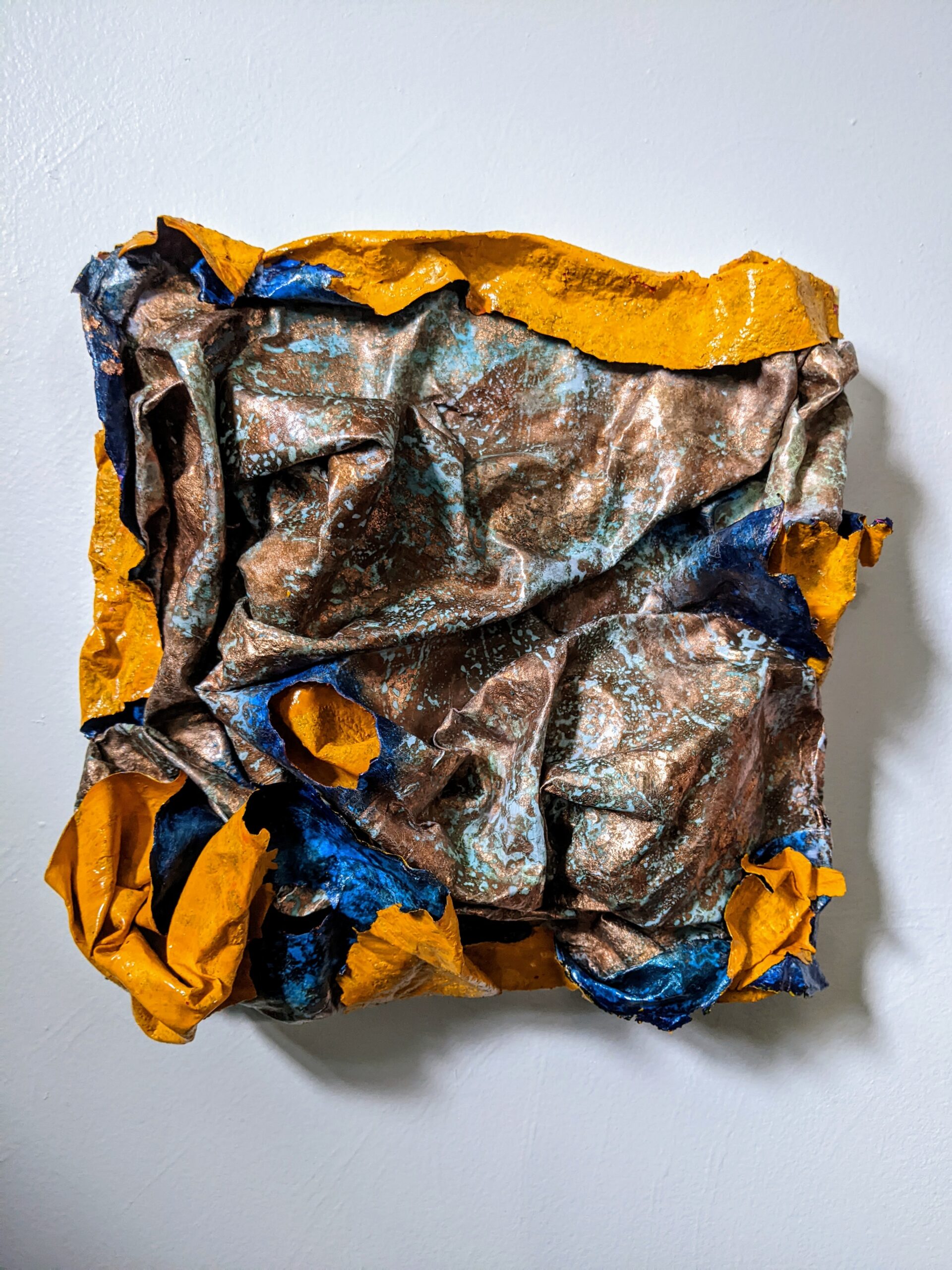
4. Spirituality seems really important in your work. How do you blend your spiritual practices with your art-making, and what does this add to your creative expression?
I find myself asking very big questions while I’m working in the studio. The process of creating is how I break down complex ideas so that they can become easier for me to understand. This process is a spiritual process. I’m actively having a visual conversation with myself to discover something deeper and more meaningful than myself alone. My creating process allows me to transcend to a space of understanding, if only for a short time. Everything I make comes from a place of spiritual growth and self-discovery; my art practice guides that spiritualism because, for me, the actual act of creating is a spiritual expression.
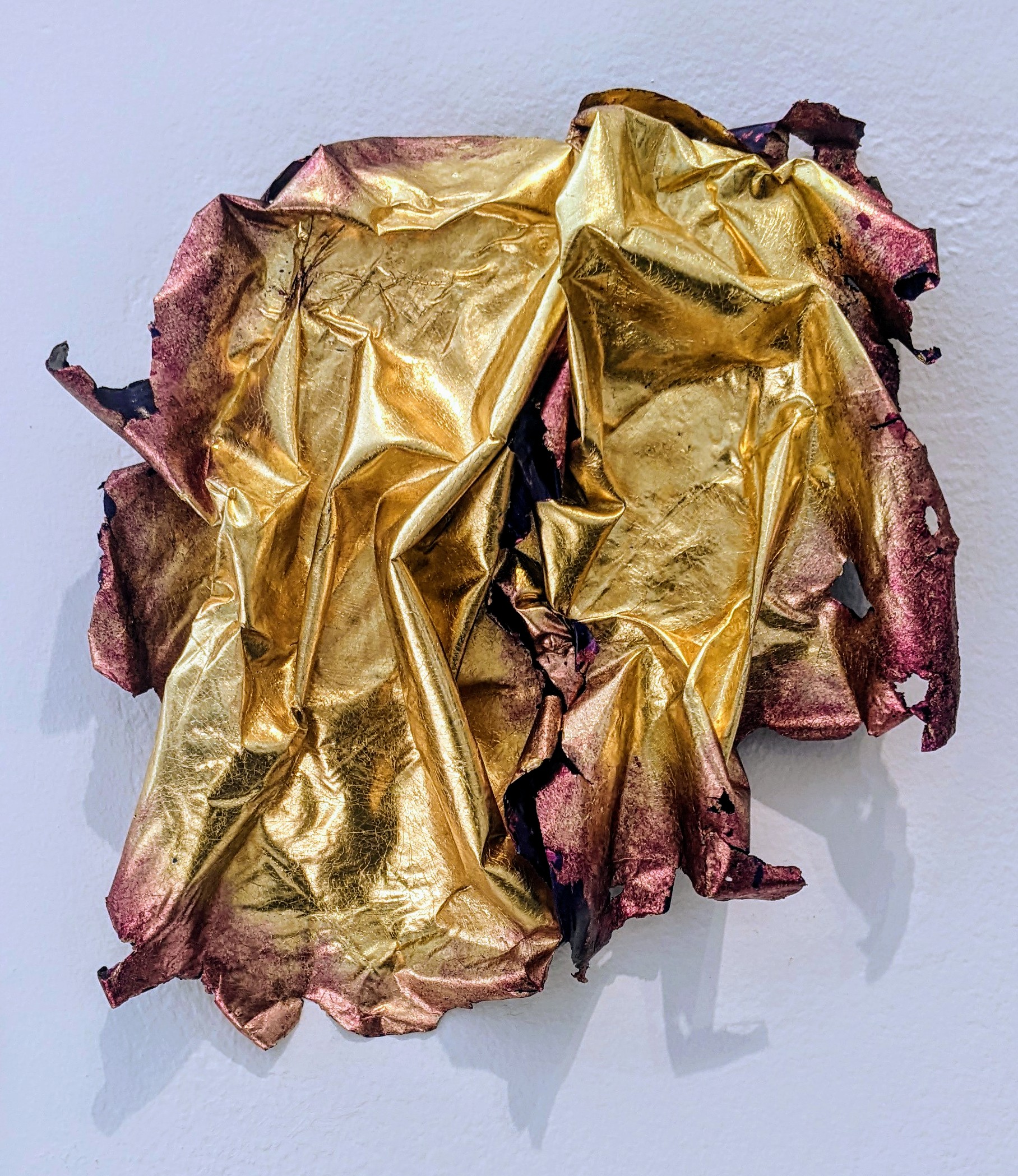
5. From group shows to your first solo exhibition in 2021, what have been some of your most memorable experiences or challenges as an artist?
My most memorable experiences involve the viewers coming and telling me how they connect to my work. I will remember every face of every person who has taken the time to share with me their reaction to my creations. Connecting to people through something so raw as art is such a special feeling because it’s not about how well the piece is presented or the execution of skill; it’s about connecting with emotions and finding understanding in the unsaid with another soul in the room. My greatest challenge within my practice would be trusting myself to make the correct decisions. I struggled in the beginning to create honest work because I thought it would be too much for the viewer or that I would offend someone with my opinions. It’s taken years of work for me to trust my own judgment just a little bit. But as I move forward, I listen to my intuition more clearly.
6. Your art combines traditional painting with fun, 3D abstract shapes. How do you balance these different elements, and what excites you most about mixing these techniques?
Every painting is a puzzle that needs to be sorted. I can’t force a narrative on my work, but it will let me know when it’s done. I have to make decisions that could make or break a piece; it really comes down to trusting my intuition. I’m most excited when I make a painting from something nobody has anticipated. For example, I created a paint from high resin acrylic polymer emulsion, a rheology modifier, a water-based surfactant, and coal slag in the last piece I made. It’s this beautiful shimmery mixture that dries like black bits of sand. I apply it with a spoon. It’s creating the unexpected that is the most enjoyable for me.
Every painting is a puzzle that needs to be sorted. I can’t force a narrative on my work, but it will let me know when it’s done.
Libby Sipe
Libby Sipe’s art is a powerful example of how creativity can help us heal and grow. By mixing painting with sculpture, she challenges traditional ideas about art while sharing her personal journey of overcoming difficult times. Through her work, Libby encourages us to see the beauty in life’s imperfections and to connect with our own feelings. Her art isn’t just something to look at—it’s a story of resilience and self-discovery. To learn more about Libby, click the following links to visit her profile.





